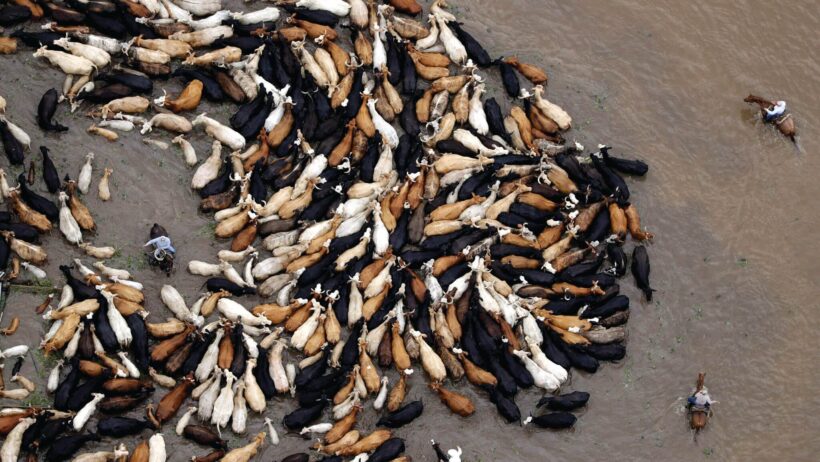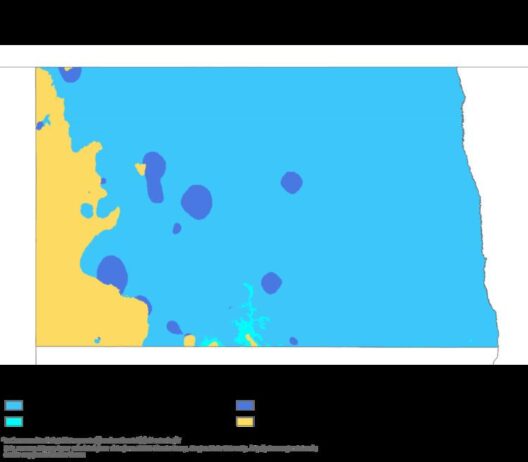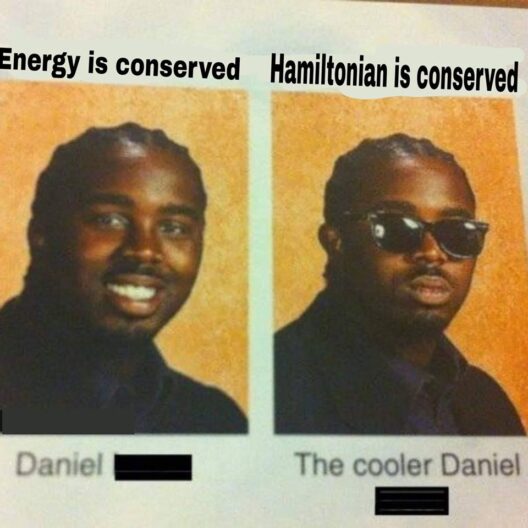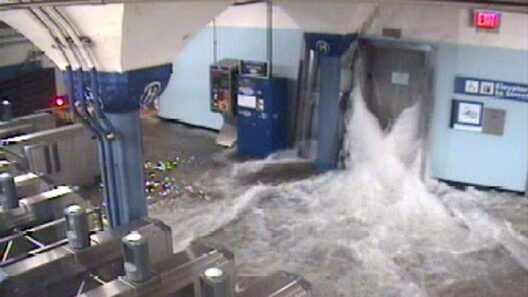Farming livestock has been a cornerstone of human civilization for millennia, providing sustenance and livelihood for billions. However, the burgeoning body of evidence pointing to its environmental ramifications prompts a critical examination of traditional practices. A provocative question arises: does livestock farming significantly contribute to climate change? The answer is not simple and demands a nuanced perspective.
As we delve into the multifaceted relationship between livestock farming and climate change, it is essential to first outline how livestock emissions correlate with greenhouse gases (GHGs). The primary culprits are methane (CH₄) and nitrous oxide (N₂O). Cattle, sheep, and goats are ruminants, and their digestive processes contribute to methane emissions through enteric fermentation. Remarkably, methane is over 25 times more effective at trapping heat in the atmosphere than carbon dioxide over a century. Meanwhile, nitrous oxide emissions predominantly result from manure management and the application of nitrogen fertilizers in feed crops. Together, these gases form a potent combination that elevates the livestock sector’s carbon footprint.
To understand the scope of the problem, consider global livestock statistics. According to recent reports, the livestock industry is responsible for approximately 14.5% of all anthropogenic GHG emissions. This percentage is not merely a statistic; it represents the environmental toll of raising animals. The majority of these emissions stem from beef and dairy production, raising pertinent questions about the sustainability of these industries. Yet, the situation is more intricate than mere numbers might suggest.
Furthermore, the deforestation associated with livestock farming exacerbates the issue. Vast swaths of forests, particularly in the Amazon rainforest, have been cleared to create space for pastures or to grow feed crops like soy. This land-use change not only releases stored carbon dioxide but also eliminates critical carbon sinks that would otherwise absorb atmospheric CO₂. The interplay between deforestation and livestock farming illuminates a vicious cycle of environmental degradation.
As we scrutinize the implications of livestock farming, it also becomes pertinent to evaluate the resource intensiveness of this agricultural practice. The feed conversion efficiency of livestock is alarming. For instance, it takes approximately 7 kilograms of grain to produce just 1 kilogram of beef. This inefficiency leads to excessive land and water consumption, straining resources that could otherwise alleviate hunger or support more sustainable agricultural practices. In an era where food security remains a global challenge, such inefficiencies warrant reevaluation.
Nonetheless, the question of whether livestock farming can be sustainable persists. It’s essential to recognize that all farming practices come with environmental footprints. The focus should not merely be on cessation but also on transformation. Through innovative farming techniques, such as regenerative agriculture, it is possible to restore soil health, improve biodiversity, and even sequester carbon. Practices such as rotational grazing, silvopasture, and agroforestry not only promise more sustainable livestock production but also enhance the resilience of farming systems.
A shift in consumer behavior also plays a pivotal role in shaping the future of livestock farming. The rising interest in plant-based diets and reduced meat consumption among populations can precipitate substantial changes in the agricultural landscape. Emerging alternatives to traditional animal husbandry, including lab-grown meat and plant-based protein sources, present exciting opportunities for reducing the carbon footprint associated with livestock. The growing market for these alternatives indicates a shift in consumer preferences that could mitigate climate change impacts.
Another critical aspect to contemplate is the socio-economic implications of transforming livestock farming practices. Many communities worldwide depend on livestock for their livelihoods, and any abrupt change may risk destabilizing socio-economic structures that hinge on traditional farming. Transitioning to more sustainable practices must therefore be done equitably, ensuring that farmer livelihoods, local economies, and food security are not compromised. This dual focus on sustainability and equity is essential in garnering widespread acceptance and implementation of new agricultural practices.
The onus is on policymakers to legislate and incentivize sustainable farming practices. This necessitates comprehensive education and outreach programs that enlighten farmers about innovative techniques that are environmentally friendly, economically viable, and socially responsible. Regulatory frameworks must evolve to promote lower emissions and sustainable practices without stifling the farmers’ ingenuity or economic viability.
As the challenges posed by climate change continue to mount, the livestock farming sector stands at a crossroads. Does it remain entrenched in practices that contribute significantly to climate change, or does it embrace a paradigm shift toward sustainability? The evidence unambiguously points to the need for reform, driven by innovation, consumer demand, and policy support.
Ultimately, the conversation about livestock farming and climate change transcends statistics. It intertwines with our choices as consumers, our commitment as activists, and our responsibilities as global citizens. Together, we can foster a sustainable future that respects both the planet and the people reliant on its resources, redefining what our food systems should look like in the age of climate consciousness.








